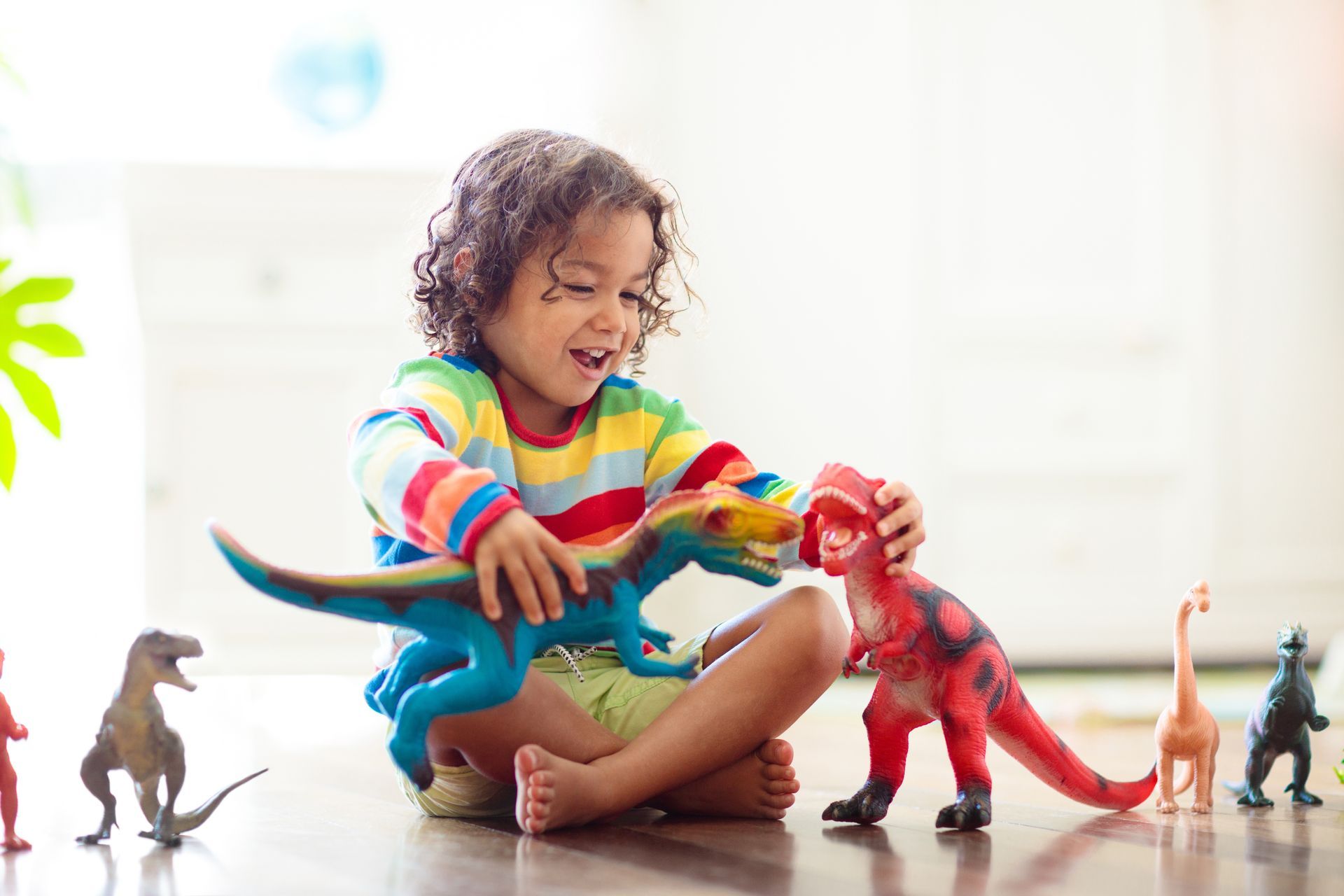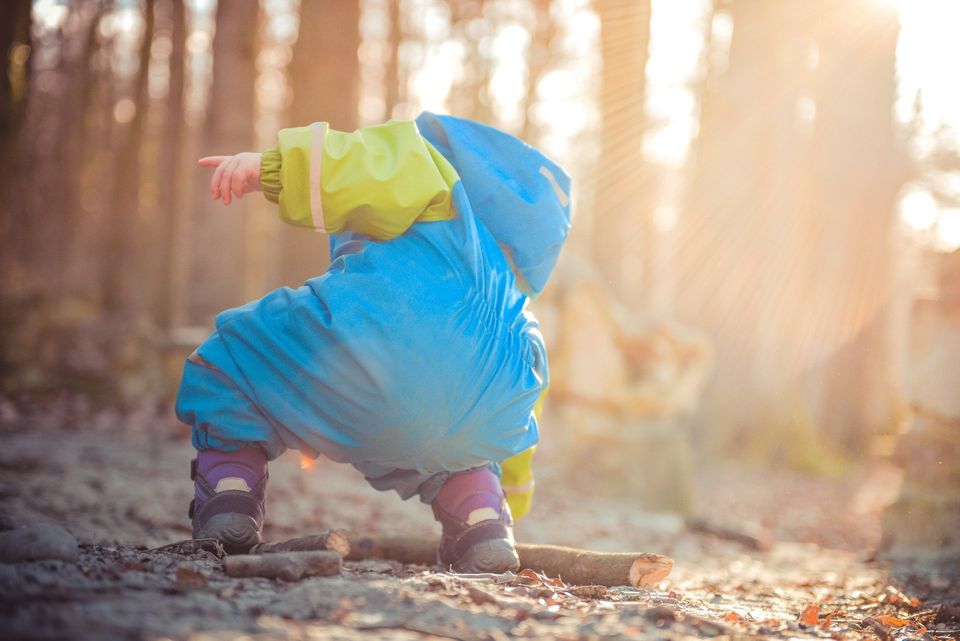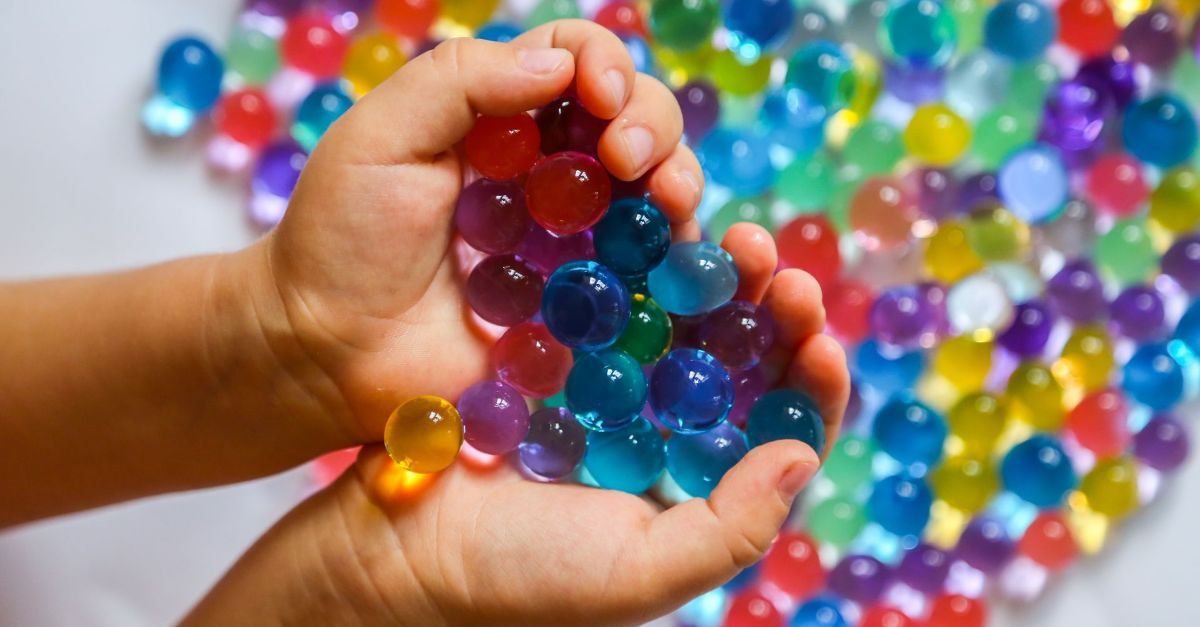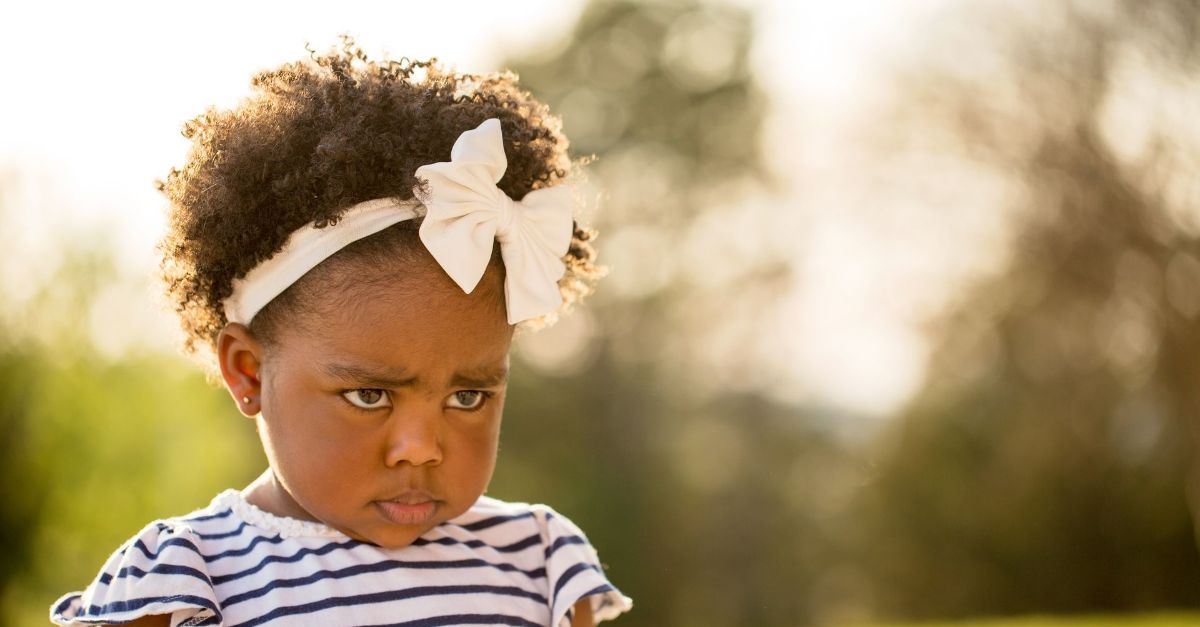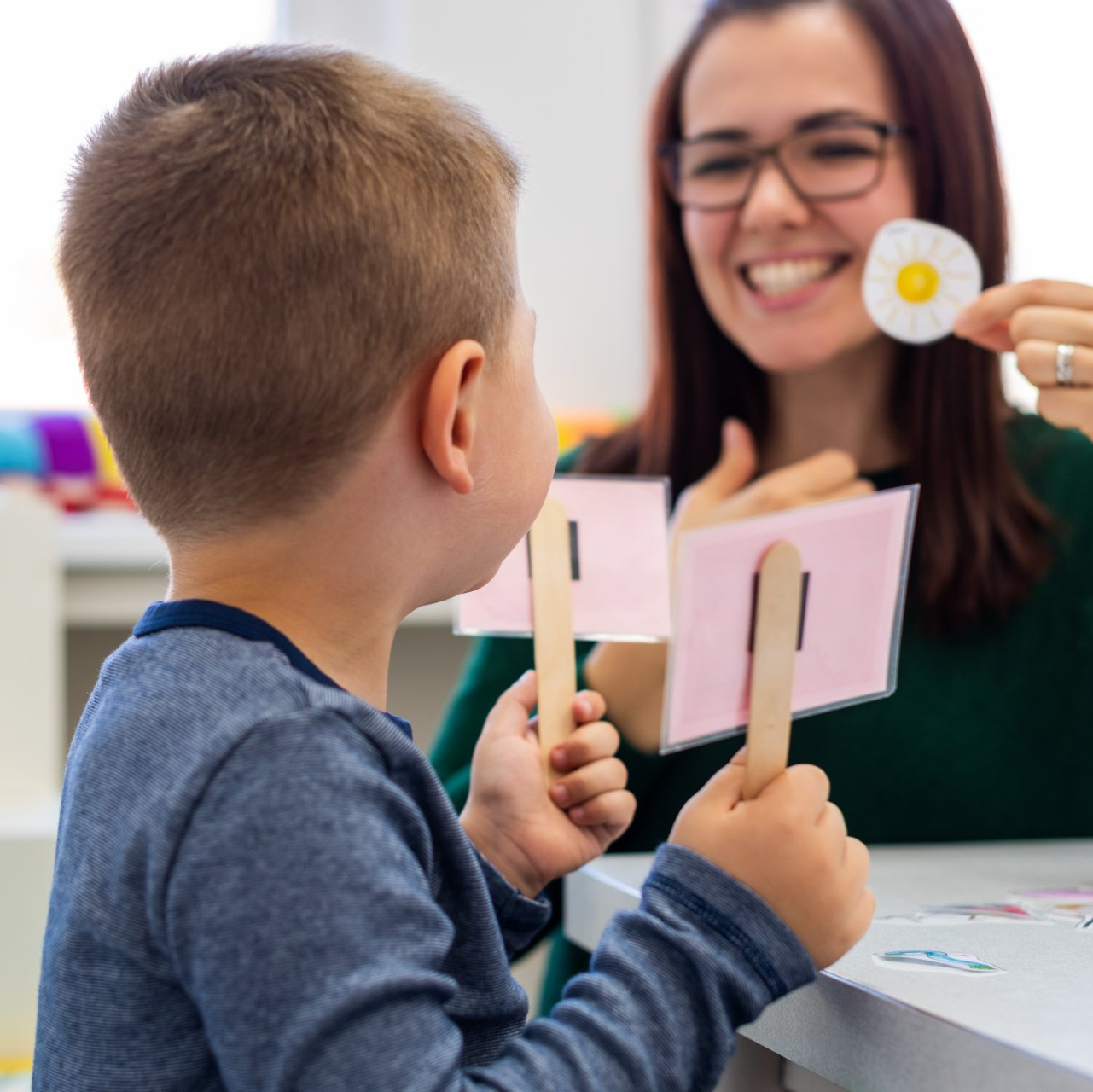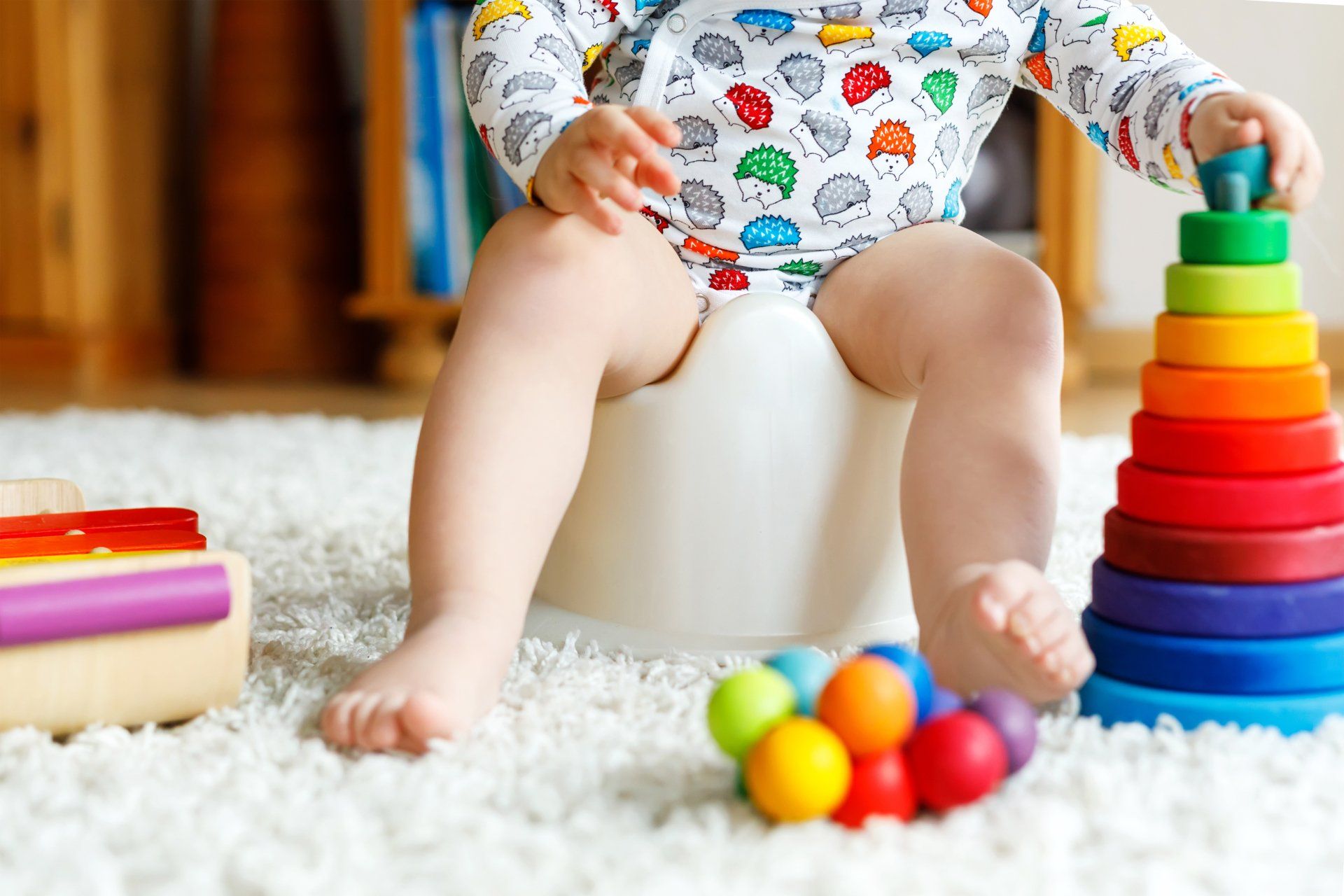Learning comes naturally
Our natural teacher, old faithful Mother Nature is the best teaching for children to develop vital skills. No natural element is the same and bringing these elements into a classroom opens a child’s eyes to many different textures, smells and shapes. These elements widens their knowledge and awareness of their surroundings and allows them to become more in tune with themselves and nature.
Children are naturally curious beings and allowing them to research natural elements helps them understand the world around them. Encouraging children to collect natural elements like leaves, stones, rocks, feathers and twigs assists with their investigation skills and allows them to engage with peers, collaborate on their findings and share their overall experience. This simple activity stimulates the development of problem solving, researching, collaboration and thinking skills, the core skills that are needed to balance the radical technological developments we are facing.
Inviting Mother Nature into your classroom is a great way to make learning fun and exciting. A simple math game can be conjured up from leaves and flowers from the same plant, matching the correct leaf to the correct flower. Writing numbers on the leaves and allowing the children to match the correct number written on the leaf with the correct number of flowers. Let children morph into little Michelangelo’s by allowing them to sculpt their friends using sticks, twigs, mud and leaves. They could even fashion their own little village of leaf men. Drawing from nature allows children to develop keen observational skills.
Something as simple as putting a bean in cotton wool and water, in a zip lock sandwich bag, and taping it to the window, then allowing children to witness first-hand the bean sprouting and growing, will be a very valuable lesson for any curious little human. Giant hop scotch or balancing on tree stumps will stimulate their pleasure in being outside and working their gross motor muscles. Climbing trees is becoming a lost art, but it involves thinking, motor planning, balance, estimation of distance and strength needed for each move, as well as resilience when a move doesn’t work out and perseverance when the going get’s tough.
Best of all, Mother Nature’s lessons are practically free. Allowing children to go outdoors and collect objects to display in and around the classroom is the perfect way for children to feel that they have had some input in the classroom and their surroundings. The famous Italian Reggio Emilia educational philosophy says that the environment is the third teacher, so let’s use it more and help children to be in touch with nature. Helping them to display their collections aesthetically, as well as using them in math, literacy and the creative arts, develops children’s appreciation so they are more likely to care for their world later.
